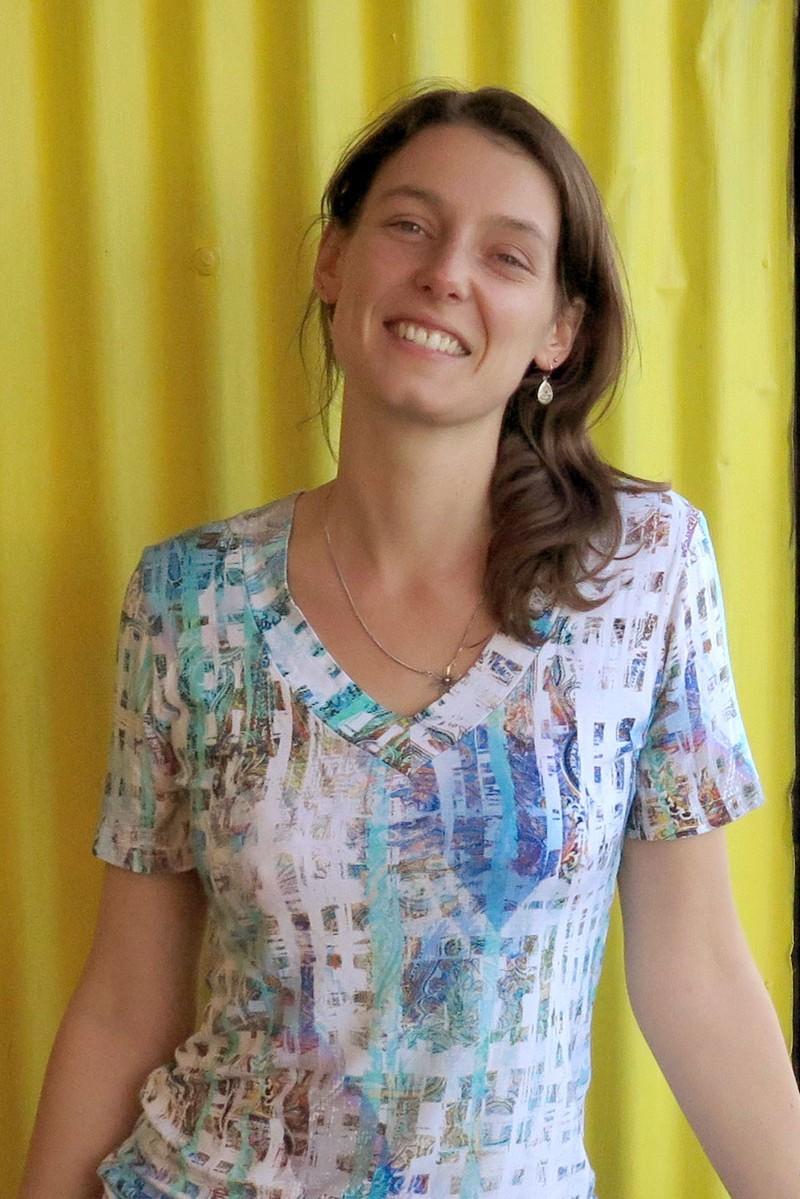What goes down, must come up?
Tracking sediment input to subduction zone magmas using radiogenic and stable Sr isotopes
This honours project explores the chemistry of magma to trace what the inputs to volcanoes are at depth.

Images: (left) Volcán Villarica, a volcano in the Southern Volcanic Zone of Chile; (right) Caburga scoria cone, just 10 km north of Villarica. Each has a very different geochemical composition.
Subduction zones are places on Earth of intense destruction and creation: sediments and associated rocks are dragged into the zone of melting in the mantle wedge, and magmas are created which are erupted at the surface.
Compositional parameters such as radiogenic isotope tracers – for example strontium isotopes 87Sr/86Sr – show us that what goes into creating individual batches of magma is not always a uniform recipe, even within an individual subduction zone. The Pucón area of Southern Chile is an area of prolific subduction volcanism containing large stratovolcanoes and small scoria cones, each with its own unique ‘flavour’.
The student who works on this project will analyse both radiogenic (87Sr/86Sr) and stable (δ88Sr) Sr isotopes in volcanic samples from this geologically active area to investigate in detail the inputs of materials to the magmas which built the volcanoes, and the likely sources of these (i.e., Sr derived from mantle, recycled crust, carbonate sediments). Through this, he/she will gain insights into the ‘recycling system’ of sediments/carbonates on Earth, with implications for melt formation and also the deep carbon cycle on our planet.

Supervisors
Dr Lucy McGee, Dr Juraj Farkas
Research area: Mineral and energy systems, Tectonics and solid earth processes
Recommended honours enrolment: Honours in Geology
